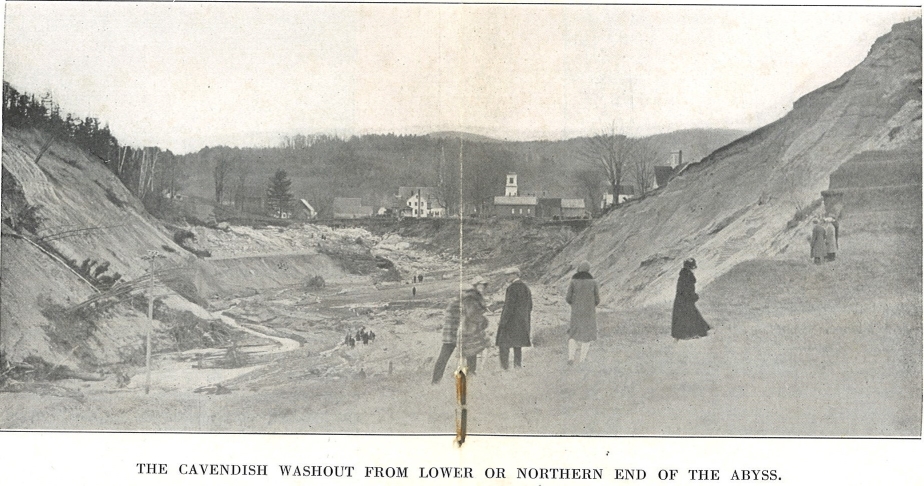The Flooding Across Vermont
Last month I wrote about how Maj. William J. Sperry earned the Medal of Honor at the Petersburg Breakthrough on April 2, 1865. The 6th Vermont’s acting commander devised an unconventional method on the fly for using captured artillery pieces. This discouraged any counterattacks as the Sixth Corps fought to expand their breach in the Confederate lines early that morning. Part of my research dug into the story of how the medal was lost and found after his death.

A tropical storm struck Vermont in November 1927, producing severe flooding that killed over eighty residents and caused extensive damage. Sperry’s widow barely escaped her home near the Black River in Cavendish. A contemporary account stated: “Two sisters who are widows, one 78 and the other 88 years of age, while knowing that water was around their house, were utterly unconscious of any danger when men rushed in to warn them. It was already too late to escape through the front of the house so they snatched up their coats and ran for their lives through the back door. Scarcely were they out of the house when it fell with a crash into the abyss below.” (The Vermonter Stage Magazine, Volume 32, Number 12, page 16). Lucy Sperry lost everything, including her husband’s medal, but repair workers unearthed it a mile downstream five months afterward.

A similar climate disaster again struck the state in 1973 and then once more with Hurricane Irene in 2011. Perhaps it is time to rethink the old adage of a once-in-a-hundred years event. Shortly after my Sperry article published, the Cavendish Town Office provided an image of his Medal of Honor. I hope they managed to return it somewhere high and dry in the building, as yet another calamitous storm ravaged the state just this week. But most important, of course, is our concern for those impacted by the floods in Vermont, a typically idyllic state that we usually do not associate with this kind of catastrophe.